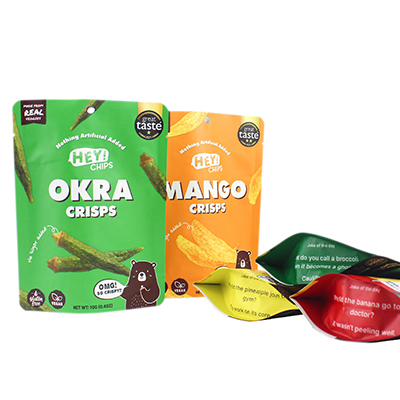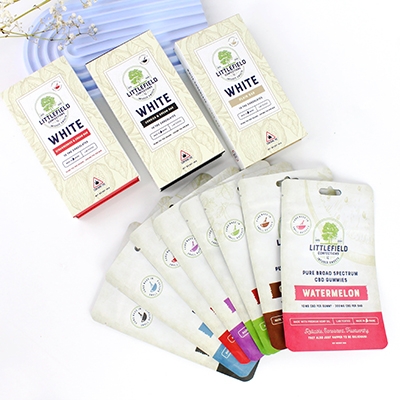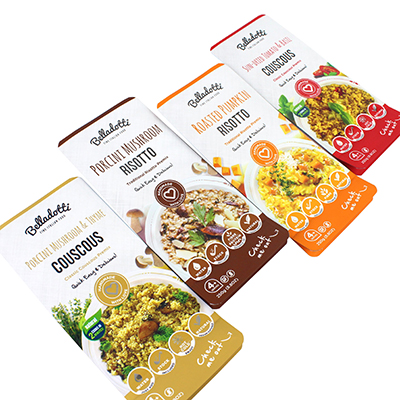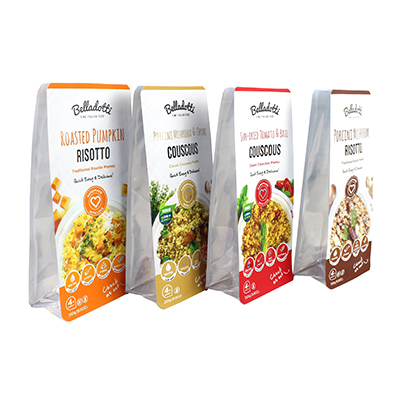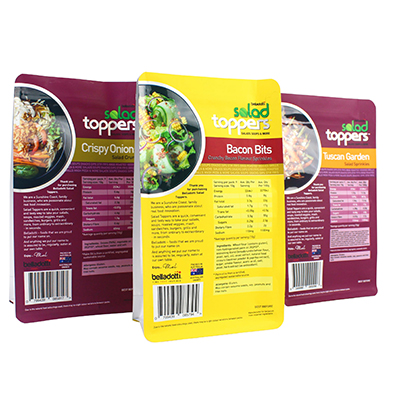Are you navigating not just the never-ending world of print technology but also the perfect fit for your pouch packaging needs? Search no further. This article will guide you through the key considerations for selecting the appropriate stand-up pouch printing method for your business.
Understanding the Printing Options
Before delving into the selection process, it's crucial to understand the various printing methods available for stand-up pouches. Common printing techniques include flexographic printing, digital printing, offset printing, and screen printing. Each method has its unique advantages and disadvantages, suitable for different applications and budgets.
Flexographic Printing: Cost-Effective and Versatile
Flexographic printing, often referred to as flexo printing, is a cost-effective and versatile printing method for stand-up pouches. It uses flexible rubber plates or plates mounted on cylinders to transfer ink onto the packaging material. Flexo printing is suitable for large-scale production runs and can produce high-quality results with vibrant colors and sharp images. Additionally, it offers flexibility in terms of design changes and allows for the use of various inks and coatings.
Digital Printing: Quick Turnaround and Customization
Digital printing is a modern printing method that utilizes digital technology to print directly onto the packaging material. It offers a fast turnaround time, making it ideal for short-run orders and customized packaging. Digital printing also allows for variable data printing, enabling you to personalize each pouch with unique information such as barcodes, serial numbers, or customer names.
Offset Printing: High-Quality and Consistency
Offset printing is a traditional printing method that utilizes metal plates to transfer ink onto the packaging material. It is known for its high-quality results and consistency, making it a popular choice for brands that require precise color matching and detailed designs. Offset printing is suitable for medium to large-scale production runs and can produce high-resolution images and smooth gradients.
Screen Printing: Ideal for Specialty Designs
Screen printing, also known as silkscreen printing, is a printing method that uses a stencil and ink to create designs on the packaging material. It is ideal for specialty designs that require thick layers of ink or the use of special inks. Screen printing is often used for creating logos, patterns, and text with a raised or textured finish.
Considering Your Business Needs
When selecting the right stand-up pouch printing method, it's crucial to consider your business needs and objectives. Consider factors such as production volume, budget, design requirements, and turnaround time. If you require high-volume production with consistent results, flexographic printing may be the best choice. For short-run orders or customized packaging, digital printing offers flexibility and quick turnaround. Offset printing is suitable for medium to large-scale production with high-quality requirements, while screen printing is ideal for specialty designs.
Cost and Value Considerations
No decision-making is holistic without placing cost into our discussion bracket. Flexographic printing tends to be the most cost-effective option for large-scale production runs, while digital printing may have a higher upfront cost but offers flexibility and customization. Offset printing falls somewhere in between, providing high-quality results at a competitive price. Screen printing, on the other hand, may be more expensive due to its specialized nature. However, it's important to consider the value that each printing method brings to your packaging and brand. Investing in a higher-quality printing method can enhance the visual appeal of your stand-up pouches and contribute to brand recognition and customer loyalty.
Quality Control and Testing
Before committing to a printing method, it's essential to conduct quality control testing to ensure that the results meet your expectations. Request samples from the printer and inspect them carefully for color accuracy, resolution, and print quality. Consider conducting tests with different inks, coatings, and substrates to determine the best combination for your specific application.
Partnering with a Reliable Printer
In essence, there are several pouch-printing methods available at play. However, neigh it takes expertise to handhold enterprises through their decision journey which holds significant implications.To close gaps in knowledge that may exist when choosing these methods –don't hesitate reach out today! We are industry veterans experienced with different client portfolio insinuating guarantee quality assurance deadlines while maintaining economical options.
Our company provides solutions such as:
Comprehensive analysis for optimal printing methods.
Personalized consultation on diverse pouch printing technologies.
Prototype testing to ensure alignment with your brand.
Streamlining production processes for efficiency and quality control.
Providing post-production follow-up service to address any potential issues.
Guidance on using eco-friendly materials and inks.
Your reliable packaging partner is here for you!
Post time: Jun-27-2024

